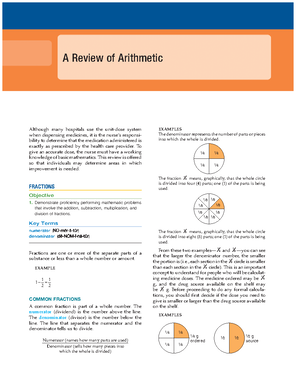- Information
- AI Chat
Was this document helpful?
CARE PLAIN FOR POST OP PATIENT FROM SPLEEN RUPTURE
Course: Fundamentals of Nursing (PRN098)
8 Documents
Students shared 8 documents in this course
University: McFatter Technical College
Was this document helpful?

CARE PLAN
Date :10/21/2021 Room:123 Age: 32 Hospital Day___1____
Patient’s Initials: T.J. Sex: M Diagnosis: Abrasions on legs, forehead, and ruptured spleen.
Define: A ruptured spleen is an emergency medical condition that occurs when the capsule light covering of the spleen breaks open, pouring blood into
abdominal wall. An abrasion is a partial thickness wound caused by damage to the skin can be superficial involving the epidermis to deep, involving the
dermis.
Textbooks Signs/Symptoms: Ruptured spleen S/S: Pain in the upper left part of the abdomen, tenderness, and abdominal area, especially when touch.
Confusion, fainting, blurred vision, lightheadedness- results of the bleeding.
Abrasion S/S: Intense pain, swelling on the skin, excess bleeding from site of injury. Tenderness on an around the area which forces when touched,
weakness in the muscle surrounding the area or numbness. PT Stated “Nurse! I’m in pain, help! I’m having a hard time breathing with this discomfort”.
Post-Op Day: 1 Surgical Procedure(s): Splenectomy for a ruptured spleen- Resulting from a motorcycle accident where the patient skidded and
was thrown into a telephone pole.
ASSESSMENTS GOALS IMPLEMENTATION EVALUATION
Observations Nursing
Diagnosis
Planning Nursing Measures Rationale for Nursing- Action(s)
O/Data:
Abdominal
surgical
incision
covered with
a dressing;
abrasions on
both legs and
forehead.
S/Data:
“Nurse! I’m in
pain, help! “
Pain related to
surgical site as
evidence by PT
stating “Nurse!
I’m in pain,
help!” and post-
operative
procedure.
Patient will report
pain to be
between 0-2
within 30mins of
analgesia
administration per
physician order.
1. Assess client’s perception of the
severity of pain using a pain
intensity rating scale.
2. Implement measures to reduce
pain: set up and begin
administration of the PCA pump
immediately after pain assessment
and give a bolus dose of morphine
as ordered if no contraindication if
found.
3. Educate and Encourage client to use
PCA device as instructed.
4. Note response to PCA medication
and closely monitor respiratory rate.
1. An awareness of the severity of pain being experienced
helps to determine the most appropriate interventions
for pain management. Use of a pain intensity rating
scale gives a clearer understanding of the pain the PT is
experiencing. (U.Canale. Ch.4)
2. Is pain controlled within 30 minutes? Pt stated pain
level is 0- 1. (Williams.762)
3. PT must know how to use the PCA pump and better
understanding of the pain management treatment
approach can help to improve control of pain.
(U.Canale. Ch.4)
4. Morphine can depress the respiratory rate. (Williams.
762)





